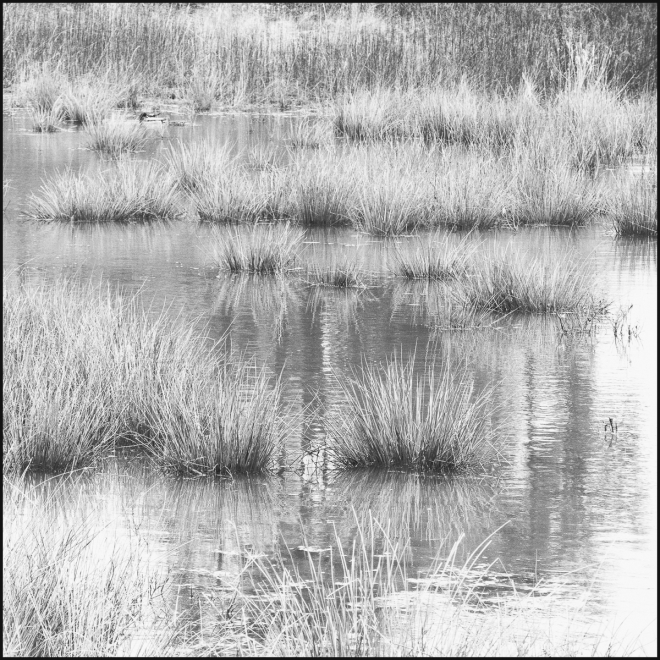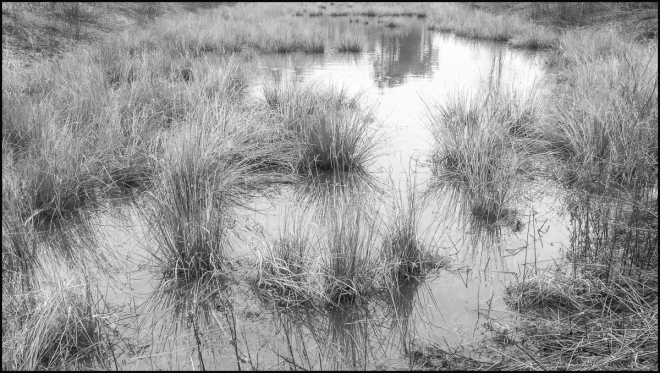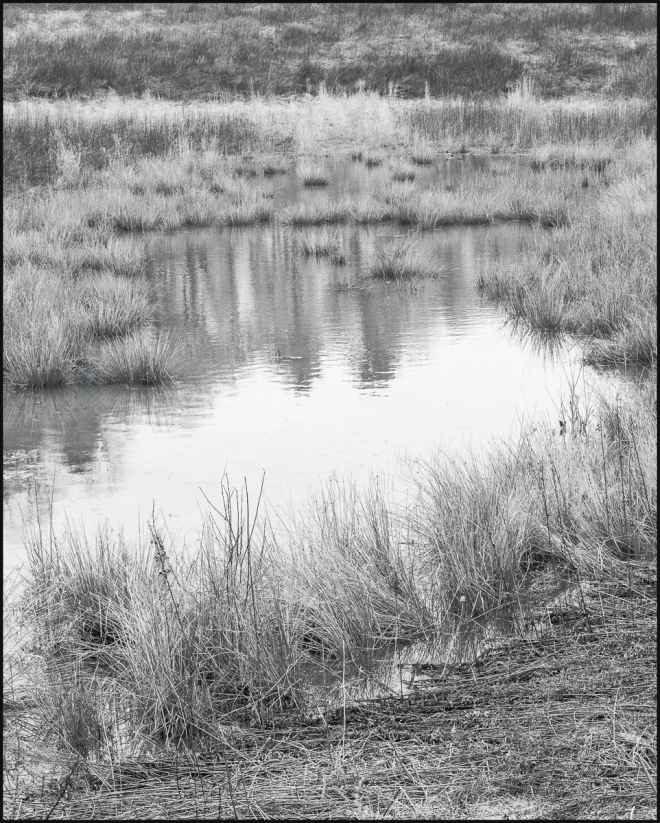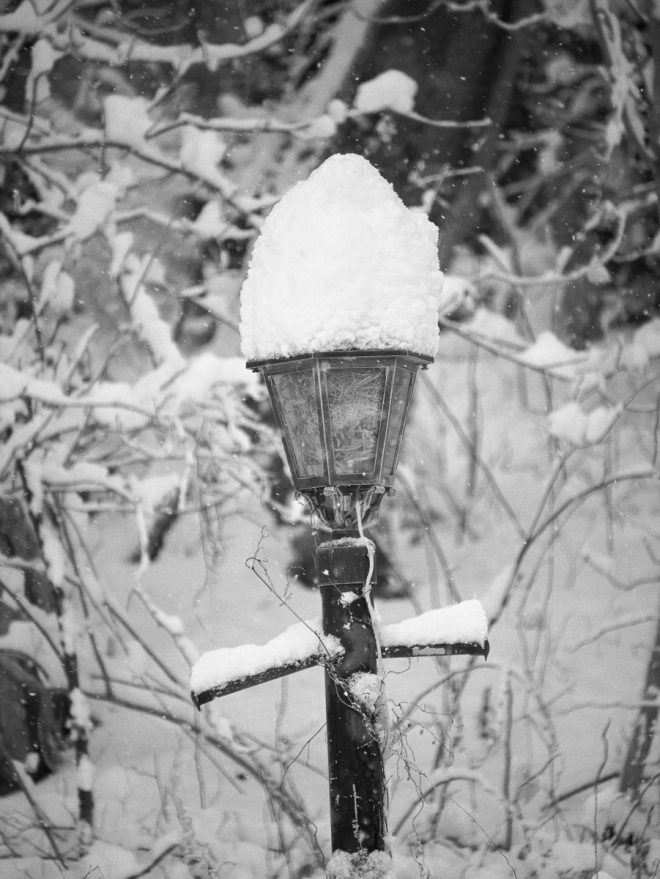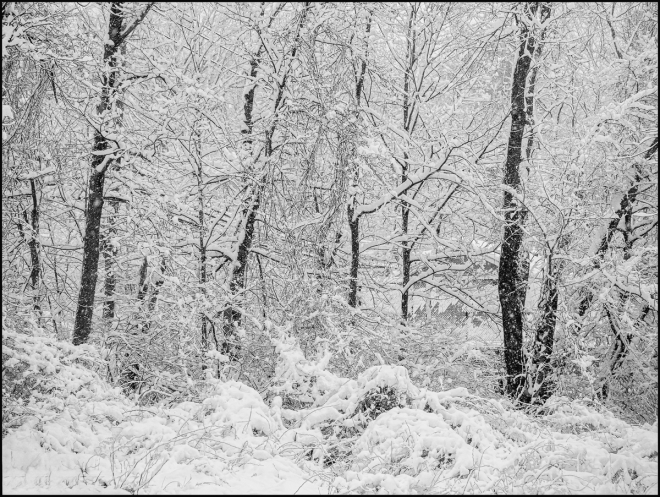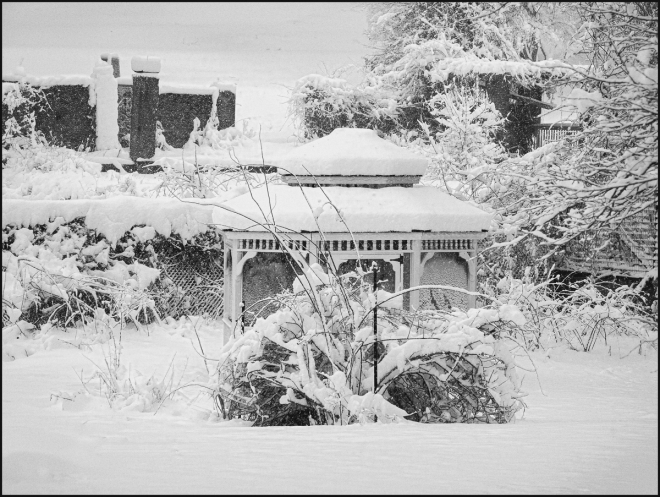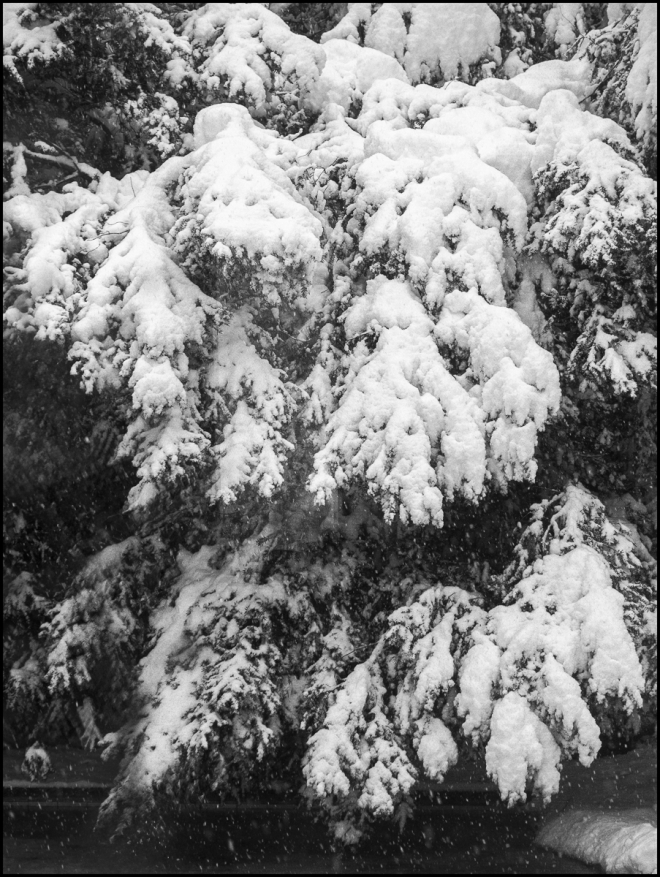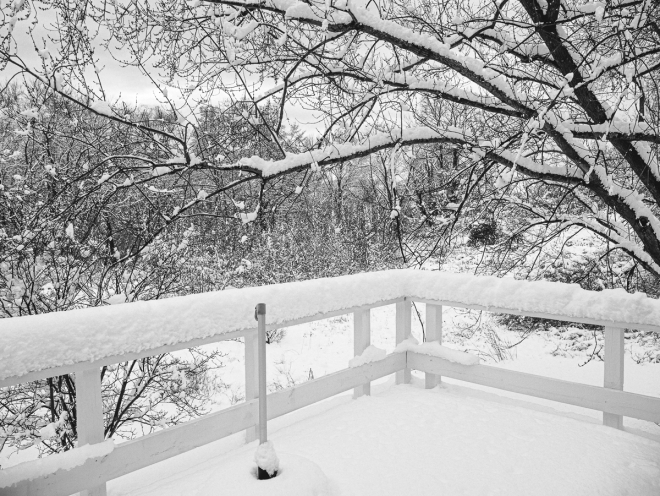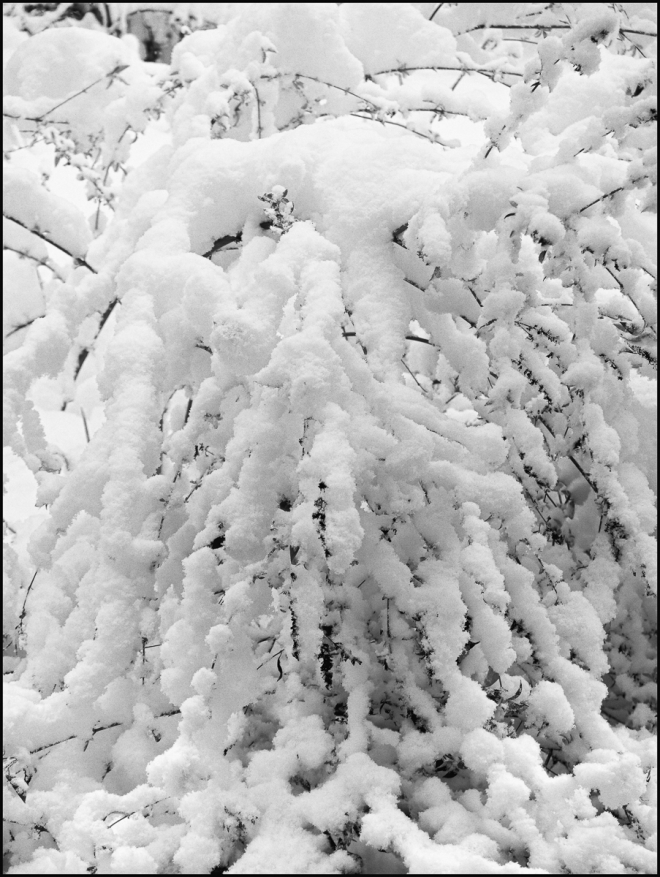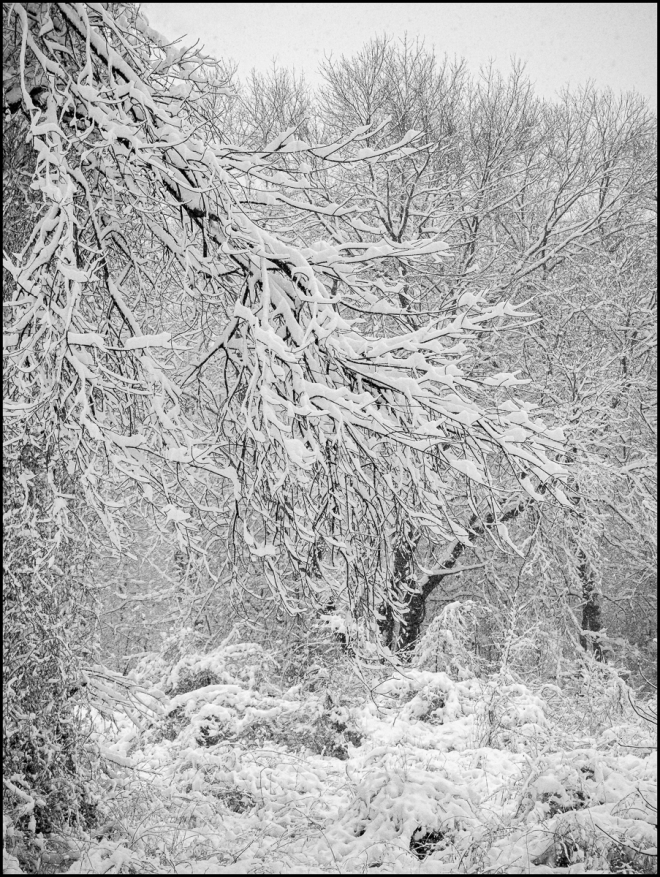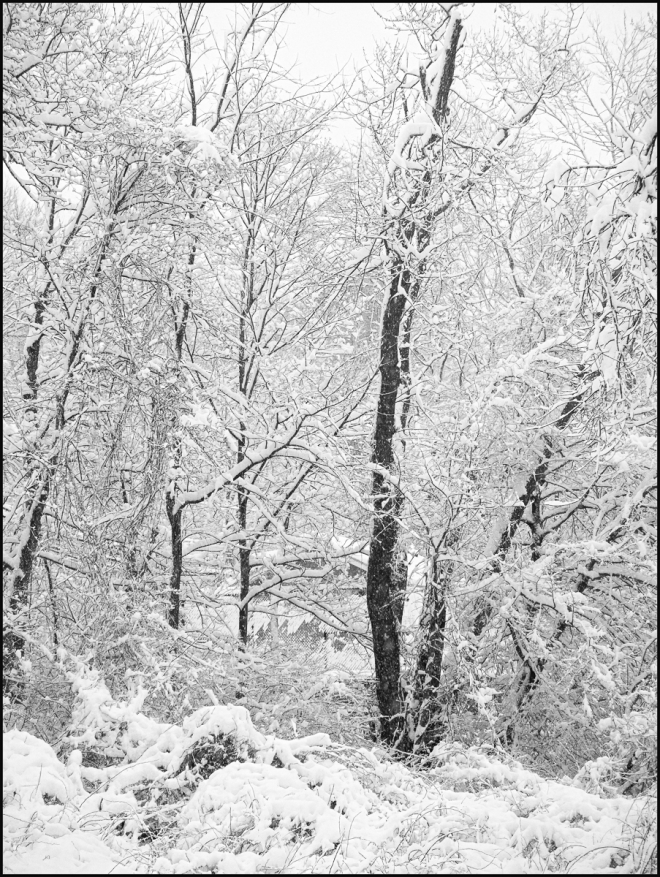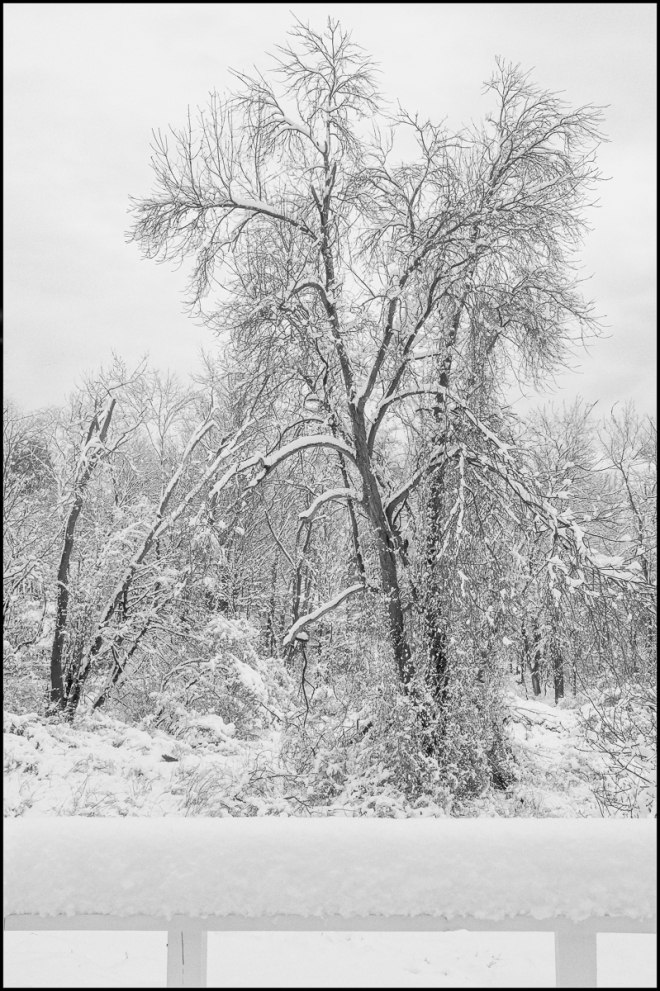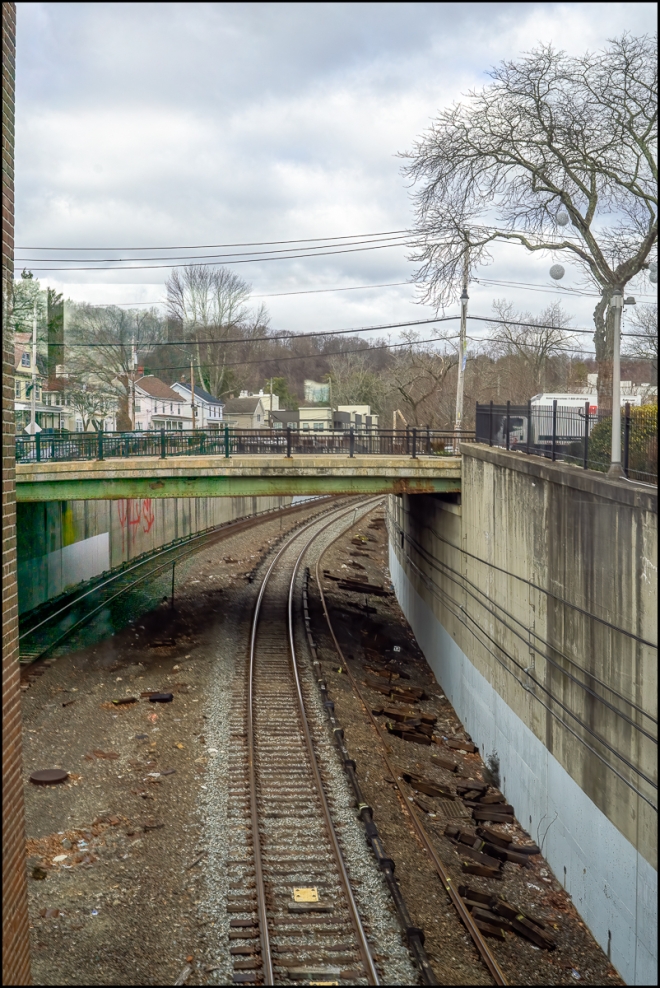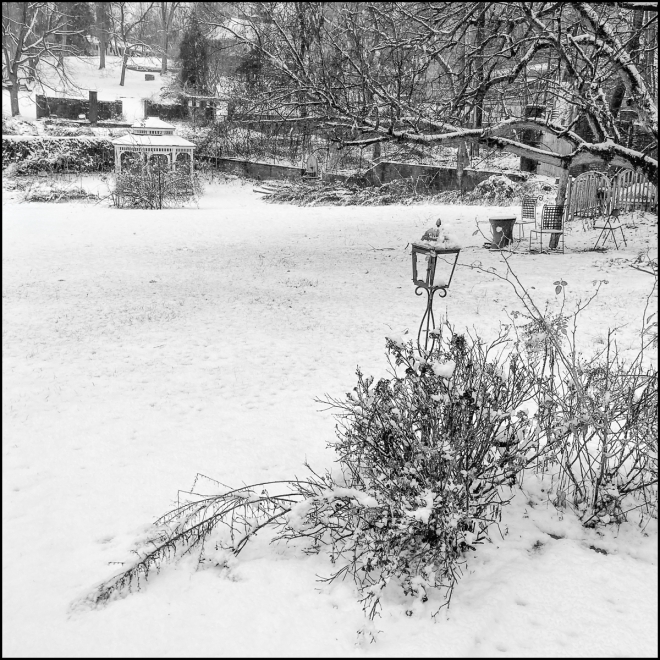Another view of the reservoir, this time from the East Pavilion looking north. According to Wikipedia:
The Kensico Reservoir is a reservoir spanning the towns of Armonk (North Castle) and Valhalla (Mount Pleasant), New York, located 3 miles (5 km) north of White Plains. It was formed by the original earth and gravel Kensico Dam constructed in 1885, which impounded waters from the Bronx and Byram rivers. In 1917, a new masonry dam was completed, replacing the old dam and expanding the water supply by bringing water from the Catskill Mountains over a distance of more than 100 miles. The reservoir mainly serves to store waters received from the Catskill Mountains west of the Hudson River. Along with the West Branch Reservoir and Boyds Corner Reservoir, it is one of four reservoirs within the Catskill/Delaware system outside the Catskill Mountains region. The other reservoir is the Hillview Reservoir.
It has a surface area of 2,140 acres, an average depth of 43.6 feet, and a maximum depth of 120 feet. It contains 30,000,000,000 gallons of water.
The Kensico Reservoir also hosts fishing and boating recreation. Every year, the reservoir is stocked with over 2,000 brown trout. In April 2016, the Kensico Reservoir was stocked with 8,620 brown trout 8.5 to 9.5 inches (22 to 24 cm) long.
Taken with a Panasonic Lumix GX85 and Lumix G Vario 14-140 f3.5-5.6


